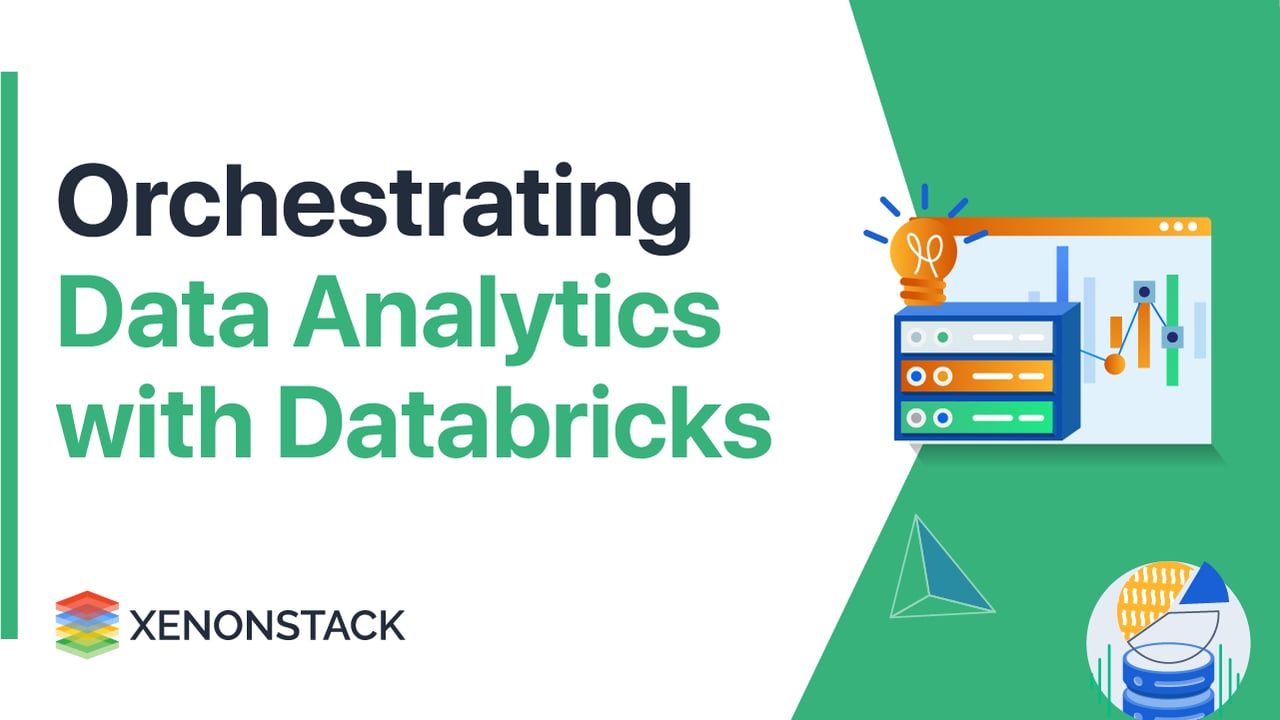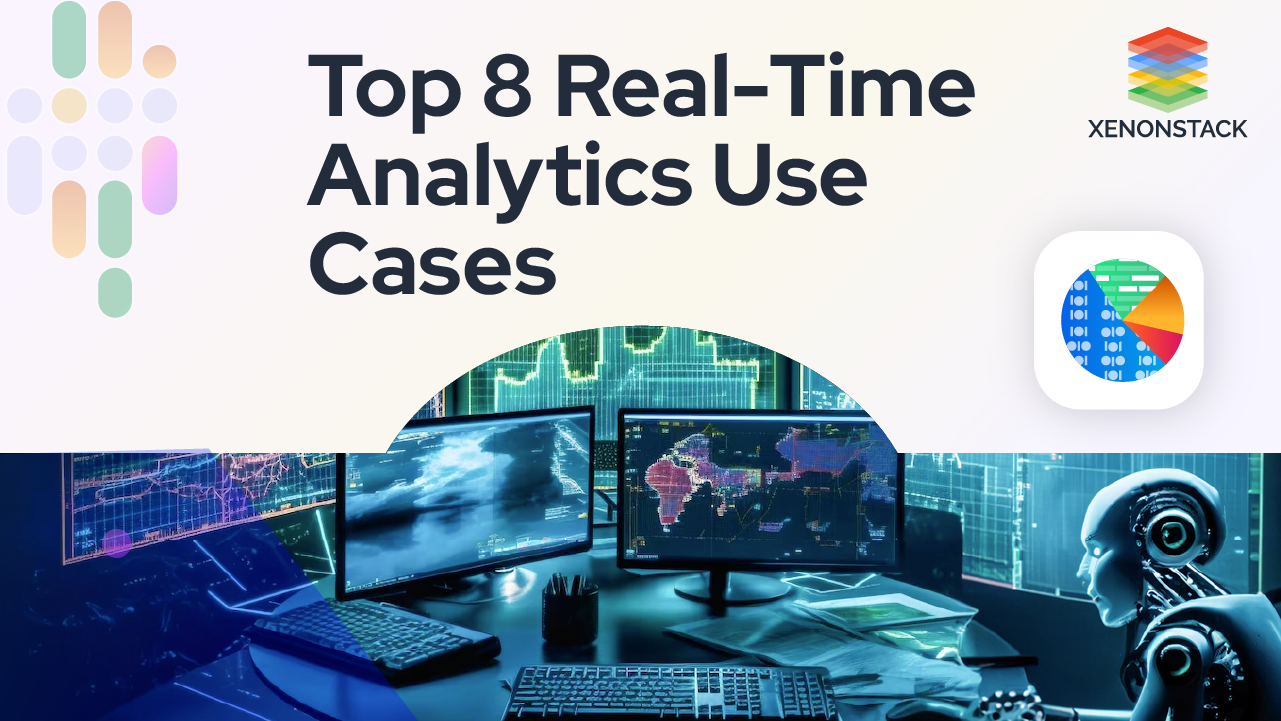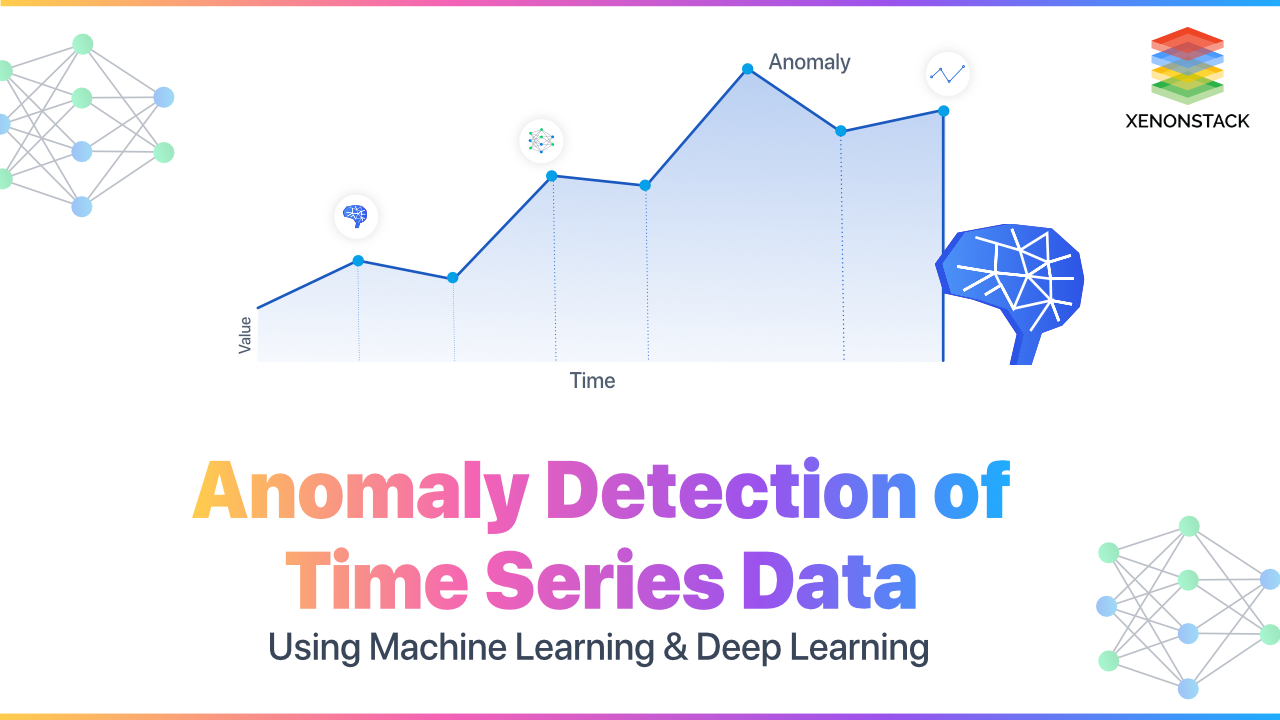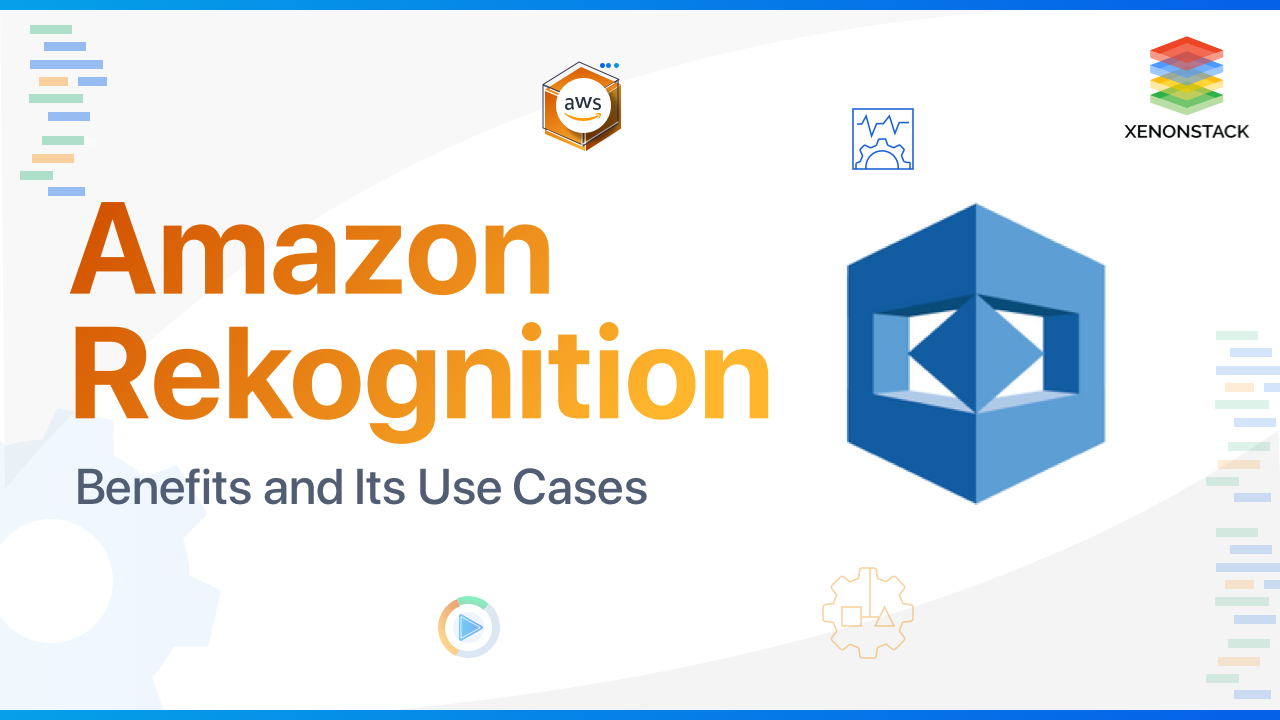
Introduction to Data Analytics in the Business Landscape
In today's rapidly evolving business landscape, data analytics has emerged as a cornerstone for success. Organizations are navigating a data-driven world where the ability to harness and interpret data is a critical competitive advantage. Here's an overview of the importance of data analytics in the modern business landscape:
Data-Driven Decision-Making: Data analytics empowers businesses to make informed, evidence-based decisions. By extracting insights from data, companies can optimize operations, identify market trends, and anticipate customer needs.
Risk Mitigation: By analyzing data, businesses can proactively identify and mitigate risks. Whether fraud detection in financial services or quality control in manufacturing, data analytics enhances risk management.

Introduction to Databricks as a Data Analytics Platform
Databricks is a powerful, cloud-based platform that offers a comprehensive solution for orchestrating data analytics. It combines data engineering, data science, and machine learning capabilities in a single, unified environment. Databricks provides several key features that make it an ideal choice for businesses seeking to excel in data analytics:
Unified Platform: Databricks unifies data storage, processing, and machine learning, simplifying the data analytics workflow and reducing integration challenges.
Data Visualization: The platform provides data visualization capabilities, simplifying the presentation of insights and reports to support decision-making.
Fundamentals of Databricks
Databricks is a comprehensive data analytics and machine learning platform that simplifies and accelerates the data analytics process. It's designed to provide a unified and collaborative environment for data engineers, data scientists, and analysts. Here are its fundamental aspects:
- Unified Platform: Databricks integrates data engineering, data science, and machine learning into a single platform. This integration streamlines the data analytics workflow, reducing the need for complex data pipelines and integrations.
- Apache Spark-Based: Databricks is built on Apache Spark, an open-source, distributed computing framework. This allows it to handle large-scale data processing and analytics efficiently.
- Collaboration: Databricks offers a collaborative workspace where cross-functional teams can work together. Data engineers, scientists, and analysts can collaborate seamlessly on data projects, share insights, and access shared resources.
Cloud-Based Architecture
Databricks is a cloud-based platform that operates in a cloud computing environment. This architecture offers several advantages:
- Scalability: Databricks can scale with your data needs. Cloud resources can be provisioned on-demand, ensuring that the platform adapts to the size and complexity of your data analytics tasks.
- Flexibility: Databricks is cloud-agnostic, which means it can be used with various cloud providers, such as AWS, Azure, and Google Cloud. This flexibility allows businesses to choose the cloud environment that best suits their requirements.
- Cost-Efficiency: Cloud-based architectures provide cost-efficiency as you pay for the resources you use. Databricks' auto-scaling and resource management features optimize resource allocation and control costs.
- Data Source Integration: Databricks seamlessly integrates with various data sources. It can connect to databases, data lakes, external APIs, and streaming data sources, facilitating data ingestion and processing from diverse origins.
Data Transformation and Processing with Databricks and Apache Spark
Databricks leverages the power of Apache Spark, a robust open-source distributed computing framework, to support data transformation and processing. Apache Spark is known for its speed, scalability, and ease of use, making it an ideal choice for various data tasks. Here's how Databricks facilitates data transformation and processing:
- Data Transformation: Databricks allows users to perform various data transformations on their datasets. These transformations include filtering, mapping, aggregating, and joining data. Transformations are executed in a distributed manner, making it suitable for large datasets.
- ETL (Extract, Transform, Load): Databricks streamlines the ETL process, enabling users to extract data from various sources, apply transformations, and load it into a target destination. This is essential for preparing data for analytics, reporting, and machine learning.
- Machine Learning: Databricks provides built-in support for machine learning tasks. Users can perform data preprocessing, feature engineering, and model training using libraries like Scikit-Learn and MLlib. This facilitates the development of predictive and prescriptive models.
Using Databricks for Machine Learning and AI Model Development
Databricks is a powerful platform for machine learning (ML) and AI model development, offering a collaborative environment that simplifies the entire process. Here's how Databricks can be effectively used for ML and AI development:
- Unified Environment: Databricks provides a unified workspace where data engineers, scientists, and analysts can collaborate seamlessly. This shared environment encourages cross-functional teams to work together on ML projects.
- Distributed Computing: Databricks utilizes Apache Spark under the hood, enabling distributed computing for ML. This is especially valuable for training models on large datasets or running complex, computationally intensive algorithms.
- Hyperparameter Tuning: Databricks provides tools for hyperparameter tuning and optimization, helping data scientists fine-tune model parameters to achieve better performance.
- Real-Time and Batch Processing: Databricks support real-time and batch processing, allowing for real-time scoring and model serving in production systems.
- Visualization and Reporting: The platform offers visualization capabilities that help data scientists analyze model results, evaluate model performance, and present findings to stakeholders.
Real-World Use Cases of Databricks in Various Industries
Healthcare: Predictive Analytics
- Use Case: Healthcare providers use Databricks to predict readmission rates and improve patient care. They analyze historical patient data, hospital records, and medical device data to build predictive models.
- Use Case: Retailers apply Databricks for demand forecasting. They analyze sales data, inventory levels, and external factors (e.g., weather holidays) to predict product demand accurately.
Manufacturing: Predictive Maintenance
- Use Case: Manufacturers use Databricks to implement predictive maintenance for their machinery. IoT sensor data is analyzed to predict when equipment requires maintenance, minimizing downtime and reducing maintenance costs.
Energy: Sensor Data Analysis
- Use Case: Energy companies apply Databricks to analyze sensor data from oil rigs, wind turbines, and power plants. This data is used for predictive maintenance, optimizing energy production, and ensuring safety.
Emerging Trends in Data Analytics
Data analytics is continuously evolving to meet the growing demands of data-driven organizations. Here are some emerging trends and developments:
- Data Governance and Privacy: With stricter data privacy regulations, organizations focus on data governance. This includes data lineage, cataloging, and compliance monitoring to ensure data is handled ethically and legally.
- Real-Time Analytics: The demand for real-time insights is increasing. Businesses are adopting real-time analytics to respond to events and trends, impacting areas such as customer service and fraud detection.
- Edge Analytics: Edge computing allows analytics to be performed closer to data sources, reducing latency and enabling quick decision-making. This is crucial in IoT and sensor-driven applications.
Conclusion
In the dynamic field of data analytics, Databricks is actively embracing emerging trends to stay at the forefront. Its unified platform, AI and ML integration, data governance enhancements, real-time capabilities, and support for cloud-native solutions make it a strong ally for organizations aiming to thrive in the data-driven future.
- Use of Generative AI Solutions for Cyber Security.
- Importance of Generative AI in Customer Experience.


